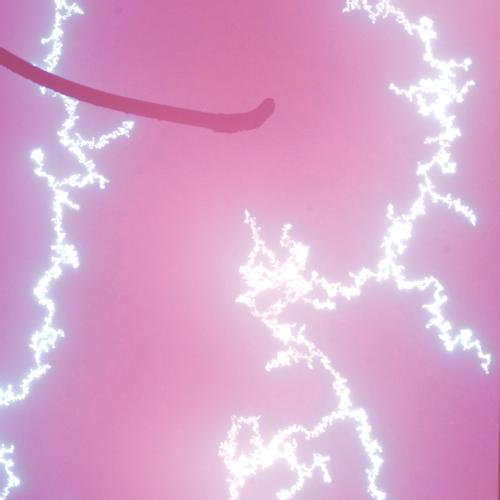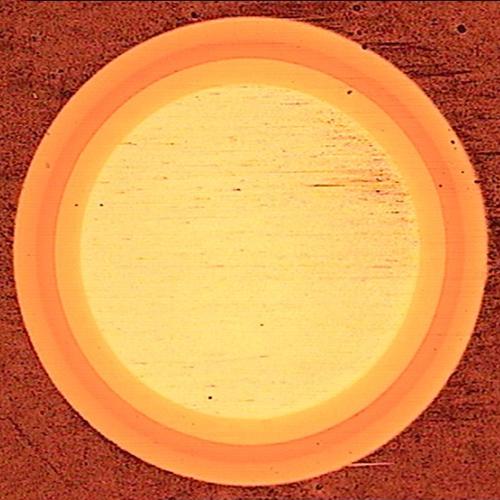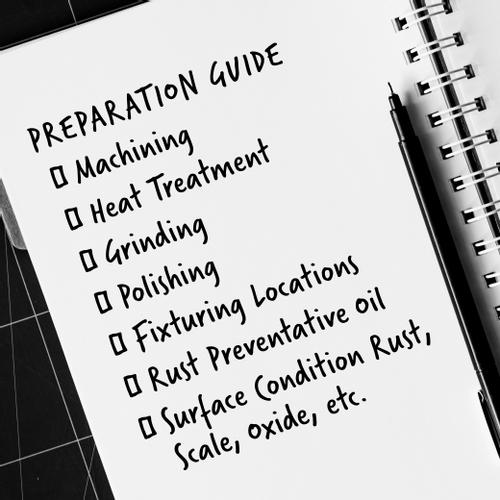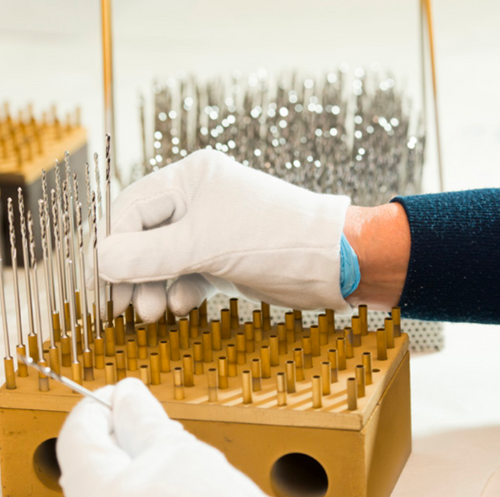Our leading-edge PVD (Physical Vapor Deposition) process applies extremely thin film to a variety of substrates.
In the mid 1800’s a scientist named Faraday evaporated thin films in a vacuum when he exploded wires in his laboratory. It was not until the late 1800’s that the first films would be deposited in a vacuum by Nahrwold. This was the beginning of the vacuum deposition method that we now call PVD (Physical Vapor Deposition) coating. The application of this technology remained primarily academic until the post World War II era. The branch of PVD coating technology called ion plating was not developed until 1963 by Donald Mattox.
The PVD technology consists of three primary deposition methods, evaporation, sputtering and cathodic arc. The PVD coating process is an environmentally friendly vacuum coating process that can apply various films at varying process temperatures. This flexibility allows coatings to be applied to a variety of substrates, from plastic to steel.
- TS NCT offers a variety of PVD coating options.
- TS NCT PVD coatings serve a variety of applications, from Surgical Instruments to Cutting Tools to Injection molding, and more.
Ion plating is a branch of PVD coating. The ion plating process ionizes the material being evaporated. This ionization greatly enhances the properties and adhesion of the film being applied. For more detailed information about the PVD coating process and ion plating, choose the Coating Process option from the menu.
The PVD coating process is often times confused with the CVD (Chemical Vapor Deposition) process. The CVD process is a thermal deposition process rather than a physical deposition process.







